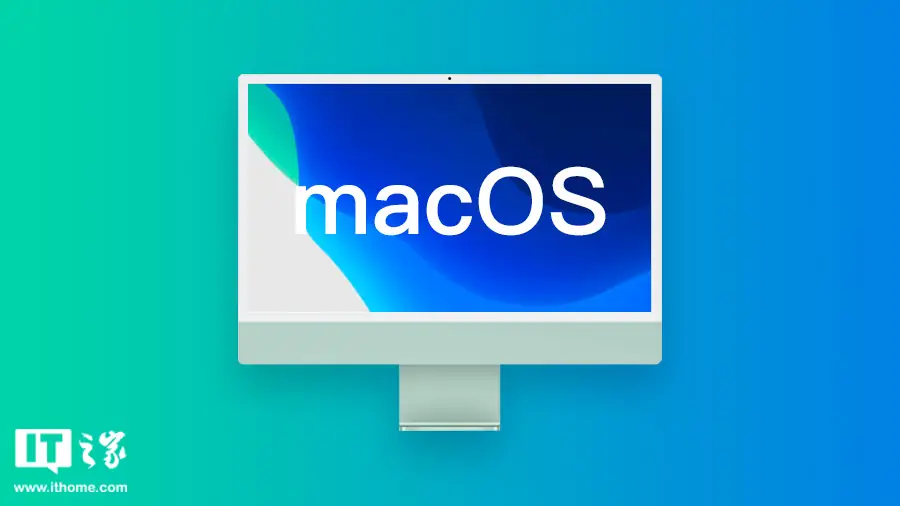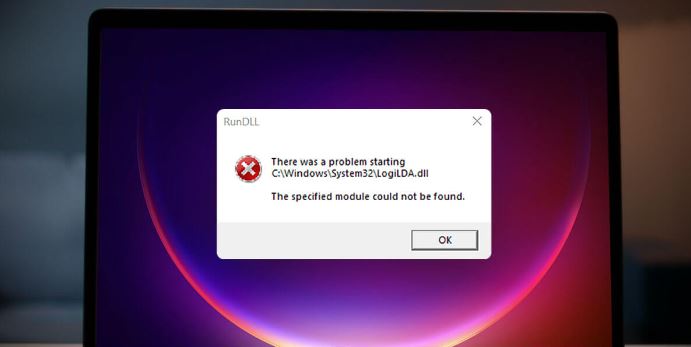Yesterday, Bloomberg reported that SiFive had received an offer from Intel for a $2 billion acquisition . Regarding this news, both Intel and SiFive declined to comment. It is too early to discuss whether the acquisition can finally be reached, but through SiFive’s current CEO James Prior’s views on RISC-V’s entry into the AI and data center market, this may partly explain why such rumors have emerged.


If scenario-customized data centers dominate in the short term, then RISC-V may shine. Although RISC-V is most often associated with embedded devices, there are people who promote the use of RISC-V as the foundation of AI and data centers as a springboard for this architecture to enter larger systems.
So far, RISC-V has achieved few results in data centers, but it can be used as the underlying engine of various accelerators . For example, the inference chip of artificial intelligence chip startup Tenstorrent is based on RISC-V, and an ambitious project at the Barcelona Supercomputer Center will use RISC-V (by adopting SiFive’s RISC-V product) to build a local data center—— From processor to accelerator.
In an era when the choices for building or purchasing CPU cores are relatively diverse, what is the next step for RISC-V to enter the data center?

The Next Platform had a conversation with SiFive CEO James Prior. James Prior stated that the probability of seeing end-to-end RISC-V data centers in the next five years is unlikely, but there is definitely a great opportunity for custom accelerators to surpass Arm , especially In terms of software, tools and support.
“We are adopting a software-first approach to provide IP cores. In a way that is meaningful to programmers, while considering core development software and tools, instead of letting programmers know our core clearly.” James Prior added.
“Another difference is that SiFive can do this without competing with customers, because they are not involved in the chip design business. We have some directors that allow partners and companies to evaluate before building large designs. Nvidia says to Arm The acquisition of RISC-V followed the RISC-V trajectory and accelerated decision – making -people are shifting from asking if they should develop a RISC-V strategy to thinking about their current plans. Then, we can become the leader of commercial RISC-V IP, and Have experience in jointly developing architecture chips that meet specific needs.”
Although most of SiFive’s commercial RISC-V IP products are embedded, in the past six years, their RISC-V CPU IP products have been adopted by 80 companies and more than 200 products have been designed, including shipments. Seven of the top ten technology companies with a volume of more than 1 billion.
“But as we continue to develop and enter the core areas of applications, we are entering the field of artificial intelligence through new product lines with more general processing and specific functions.” James Prior said.
In fact, SiFive treats AI as a Trojan horse that can enter data centers in large numbers . They have developed some custom IPs that customers can use to build their own accelerators. This approach is in line with SiFive’s view of shifting data centers to more dedicated rather than general purpose.
For developers developing next-generation AI processors, James Prior said that having software and tools that can handle modern data types in specific application processors with vector functions is the key. Considering the rapidly changing AI model, it is also more flexible to align it with custom AI accelerators for pre/post processing and AI math. “There are a lot of changes in the artificial intelligence model, much faster than the chip creation process, which means that although you need a dedicated chip to improve acceleration efficiency, you also need to have general programmability in a set of models.”
Although artificial intelligence is a good entry point for winning data center design, James Prior said that SiFive is focusing on other opportunities, from the edge to the top of the rack network , all of which can be derived from a mature ecosystem with a set of common programming tools. Benefit from the system.
“If you look at how x86 scales from a simple microarchitecture to a complex out-of-order process to multiple cores, it takes a long time. Arm was not known at the beginning, and now it is everywhere because they are in our mobile phones. in.”
When asked what is the difference between RISC-V and Arm, James Prior said, “Killer applications are coming, and it will appear in artificial intelligence and accelerators, and even in specially built systems. If you look at the data center How to change, people will say they don’t need a bunch of boring cores, they need all the calculations that are balanced in the socket, and this is where RISC-V can provide value-that is, the processors on the main operating system are not running RISC The core is performing accelerated value work .”
For more such interesting article like this, app/softwares, games, Gadget Reviews, comparisons, troubleshooting guides, listicles, and tips & tricks related to Windows, Android, iOS, and macOS, follow us on Google News, Facebook, Instagram, Twitter, YouTube, and Pinterest.

























